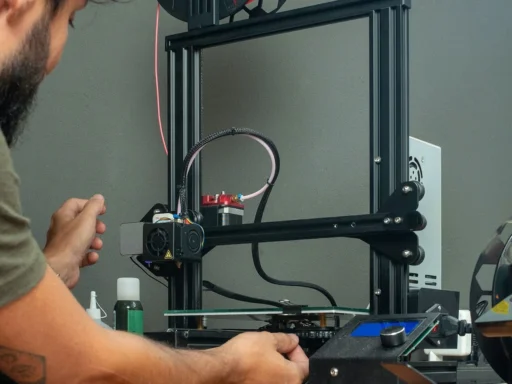Picture this: thermosetting plastics make up about 18% of the world’s plastic production, totaling a whopping 65 million tons each year. A large portion of this plastic ends up buried, burned, or dumped into the ocean, causing severe pollution, but a group of Chinese researchers (Yun Hu, Yan Dai, Zhu Guoqiang, Ma Yufeng, Liang Yuan, Tong Shanyuan, Hu Lihong, Jia Puyou, and Zhou Yonghong) have developed a promising solution in response to the issue, using UV-curable resins derived from renewable resources. A resin called TAGM is created from biomass tartaric acid using a green and sustainable one-step, solvent-free process.
When TAGM is exposed to UV light, it forms thermally reprocessable polymeric networks with impressive properties, including a high glass transition temperature (Tg), mechanical strength, Young’s modulus, and toughness. The key secret to this is the polar vicinal diol group from tartaric acid, a component that sets TAGM apart from similar monomers derived from other sources.
The researchers successfully used TAGM for 3D printing, achieving smaller penetration depth and high resolution. According to All3DP’s material science and chemistry expert Renee Timmins, this resembles the legendary shift from ABS to PLA in FDM printing. While ABS was traditionally derived from petrochemicals, PLA precursors can be derived from such sources as sugarcane and corn, so TAGM – we certainly hope so! – may well bring the revolution to plastic recycling.







